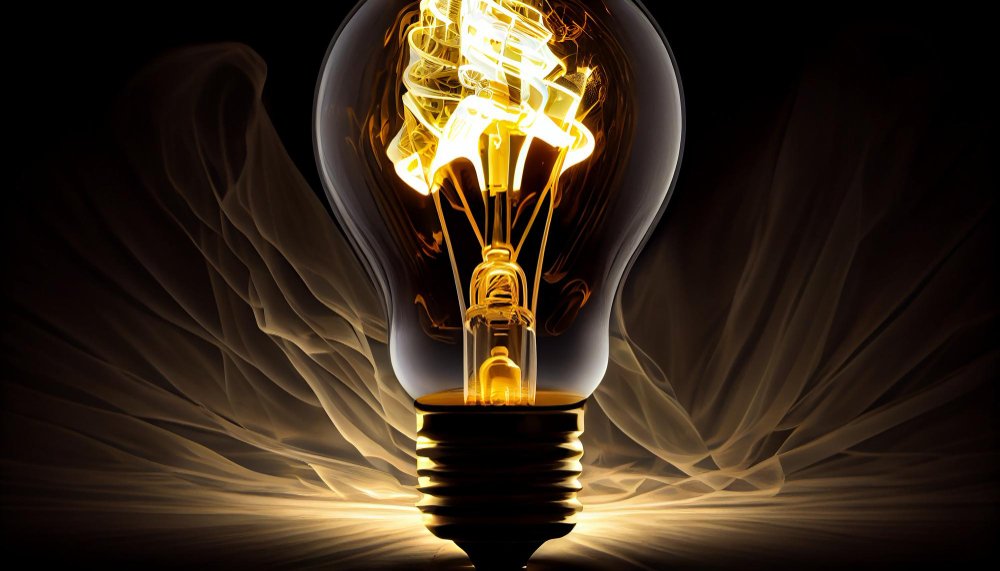The Nature of Electricity
Definition and Basic Concepts
Situasi ID – The Nature of Electricity – Electricity is a form of energy resulting from the movement of charged particles, such as electrons. It manifests in various forms, including static electricity and current electricity. Static electricity is the accumulation of electric charge on a surface, while current electricity is the flow of electric charge through a conductor.
Historical Context: The Nature of Electricity
The study of electricity dates back to ancient Greece when philosophers observed the attractive properties of amber when rubbed with fur. Over centuries, scientists like William Gilbert, Benjamin Franklin, and Charles Augustin de Coulomb contributed to our understanding of electric forces and charges.
Electrostatics and Coulomb’s Law
Early Discoveries
In ancient Greece, Thales of Miletus discovered that rubbing amber with fur attracted small objects. This was the first recorded experiment with static electricity. In the 17th century, William Gilbert coined the term “electric” to describe forces observed when certain materials were rubbed together.
Coulomb’s Law Explained
Charles Augustin de Coulomb formulated Coulomb’s Law in the 18th century, which quantifies the electrostatic force between two charged objects. The law states that the force between two charges is directly proportional to the product of the charges and inversely proportional to the square of the distance between them.
Electricity and Atomic Structure
Discovery of Electrons
The modern understanding of electricity began with the discovery of electrons in 1897. Electrons are negatively charged particles that orbit the nucleus of an atom. Materials with loosely bound electrons are good conductors of electricity, while those with tightly bound electrons are insulators.
Conductors and Insulators
Conductors, such as metals, allow electrons to flow freely, enabling the transfer of electric charge. Insulators, like rubber and glass, restrict the movement of electrons, preventing the flow of electric current.
Generating Electricity
Methods of Generation
Electricity can be generated through various methods, including burning fossil fuels, nuclear reactions, and harnessing renewable sources like wind, solar, and hydroelectric power.
Renewable and Non-renewable Sources
Renewable sources, such as solar and wind, are sustainable and environmentally friendly. Non-renewable sources, like coal and natural gas, are finite and contribute to environmental pollution.
Electric Circuits
Components of a Circuit
An electric circuit consists of a power source, conductors, and a load. The power source provides the electric potential, conductors allow the flow of electrons, and the load consumes the electrical energy.
Types of Circuits
There are two main types of circuits: series and parallel. In a series circuit, components are connected end-to-end, and the same current flows through all components. In a parallel circuit, components are connected across common points, and the current is divided among the branches.
Measuring Electricity
Units of Measurement
Electricity is measured in several units, including volts (V) for electric potential, amperes (A) for current, and ohms (Ω) for resistance. Power is measured in watts (W), which is the product of voltage and current.
Tools and Instruments
Common tools for measuring electricity include multimeters, oscilloscopes, and ammeters. These instruments help diagnose electrical issues and ensure the proper functioning of electrical systems.
Applications of Electricity
Household Uses
Electricity powers household appliances, lighting, heating, and cooling systems. It is essential for modern living, providing convenience and enhancing our quality of life.
Industrial Applications
In industry, electricity drives machinery, powers computers and communication systems, and supports manufacturing processes. It is critical for productivity and economic growth.
Safety and Electricity
Safety Measures
It is crucial to avoid contact with live wires and to ensure electrical systems are properly grounded.
Common Hazards
Common electrical hazards include electric shock, short circuits, and electrical fires. Awareness and adherence to safety protocols can prevent accidents and injuries.
Future of Electricity
Emerging Technologies
Advancements in technology are leading to more efficient and sustainable ways of generating and using electricity. Innovations such as smart grids, energy storage solutions, and electric vehicles are shaping the future of electricity.
Sustainable Practices
Sustainable practices in electricity involve reducing energy consumption, increasing the use of renewable sources, and improving energy efficiency. These practices are essential for mitigating climate change and ensuring a sustainable future.
Frequently Asked Questions (FAQs): The Nature of Electricity
- What is electricity? Electricity is a form of energy resulting from the movement of charged particles.
- Who discovered electricity? While electricity was known in ancient times, Benjamin Franklin is credited with proving that lightning is a form of electricity.
- What are conductors and insulators? Conductors allow the flow of electric charge, while insulators restrict it.
- How is electricity generated? Electricity can be generated from fossil fuels, nuclear reactions, and renewable sources like wind, solar, and hydroelectric power.
- What are the safety measures when working with electricity? Use insulated tools, wear protective gear, and follow proper procedures to avoid contact with live wires and ensure systems are grounded.
Conclusion: The Nature of Electricity
Electricity is a fundamental force that powers our modern world. From ancient discoveries to cutting-edge technologies, our understanding of electricity continues to evolve. By harnessing and managing this powerful energy, we can improve our lives and build a sustainable future.



